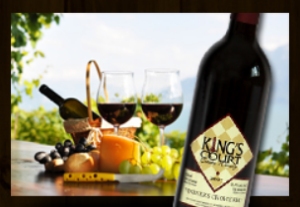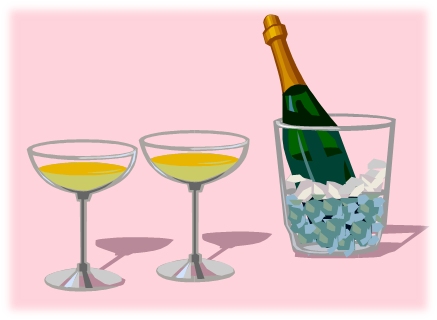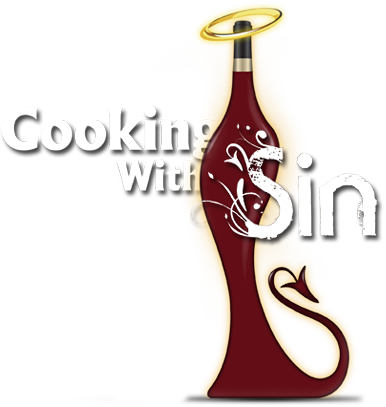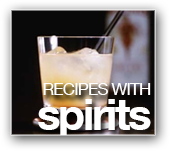 Wine lovers, I hope you enjoy “The Winemaker’s 7 Essential Tips For Serving Wine With The Best Results!” from Roland Zimmermann, co-owner and winemaker of King’s Court Estate Winery.
Wine lovers, I hope you enjoy “The Winemaker’s 7 Essential Tips For Serving Wine With The Best Results!” from Roland Zimmermann, co-owner and winemaker of King’s Court Estate Winery.
As promised, Winemaker Tip #2 is all about the proper temperatures for serving wines, from whites and reds, to bubbles and sweet. Temperature is important throughout the life cycle of wine grapes, from bud break and harvest through fermentation. It remains a critical factor in the enjoyment of fine wines, with serving temperature affecting the chemistry of the nose, palate, and finish. To ensure serving our wines at the proper temperature for the full wine tasting experience, we’ve provided a set of guidelines.
Just like preferences for specific types of wine, specific wine temperatures truly depend on an individual’s palate. What tastes like absolute perfection to one might not please another. Part of the full wine experience includes experimentation, trying a variety of wines within a range of different temperatures.

Despite all of our different palates and preferences, there are generally accepted temperature ranges, rooted in the chemistry of wine, that deliver an optimum sip:
• Light, dry, white wines are best served between 4.4 and 10 degrees C. That range keeps the tannins from edging too sharply, and maintains their fresh, fruity profiles.
• Sparkling wines should be served between 6 and 9 degrees C, with rose versions at between 10 and 12 degrees C. If the bubbles are too warm the mousse becomes frothy and unruly. Nicely chilled bubbles, on the other hand, continue to form tiny, continuous streams that run from the bottom of the flute to a nicely formed mousse at the top. A young, non-vintage sparkler should be served at about 8 degrees C, with more mature, vintage bubbles best at between 12 to 14 degrees C.
• White wines with a full-bodied profile, as well as light, fruity red wines, bring most to the table when served between 10 and 15.5 degrees C.
• Big, round, fully flavored reds and port dessert wines deliver excellent profiles when served between 15.5 and 18.3 degrees C. Warm enough to allow the flavors to open up and ease the tannins, yet cool enough to keep the higher alcohol content from taking a pervasive lead.
• Sweet wines, in order to manage the high sugar profile, are often served much colder, around 4 to 8 degrees C.
In general, wines that are served too cold fail to release the full bouquet and flavours, imparting a feeling that is tight and unappealing. Those served too warm often taste ‘cooked’ or unstructured. Whatever the wine, do not neglect your own palate. Everyone has a unique combination of taste buds and culinary experiences that determine the interpretation of a wine. Find the ultimate combination of grape variety, vintner style, and temperature, and enjoy every last sip.
Next, Tip #3 ” Stemware Selection for White Wine: A Delicate Dance” moves the focus from the wine to the wine glass. Stemware is truly a science, and how wines react to the size, shape, and construction materials of a vessel can affect the nose, palate, and finish of a wine.
“Salute!”
See also…
Winemaker Tip #1. The Corkscrew: Cut, Twist, Pull
Winemaker Tip #3. Stemware Selection for White Wine: A Delicate Dance
Winemaker Tip #4. Red Wine Stemware: Passionate Presentation
Winemaker Tip #5. Stemware for Dessert Wines: Short & Sweet
Winemaker Tip #6. Wine & Cheese: Perfect Pairing
Winemaker Tip #7. Decanting Wine: Sediment & Evaporation
Tags: King's Court Estate Winery, Wine Tasting








